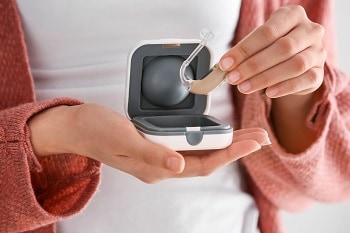
The Healthcare & Wellness market is on the rise, fueled by a strong demand for new connected in-home health and patient-centered services. From automated drug delivery devices to heart rate monitors for fitness enthusiasts, remote patient monitoring systems have empowered patients, health professionals and consumers.
The global wearable medical device market is expected to reach $83.9 billion by 2026, growing at an exponential rate of 33.1% per year (2021-2026). Source: BusinessWire 2021




